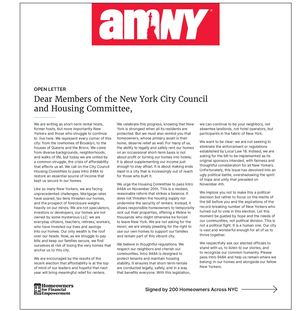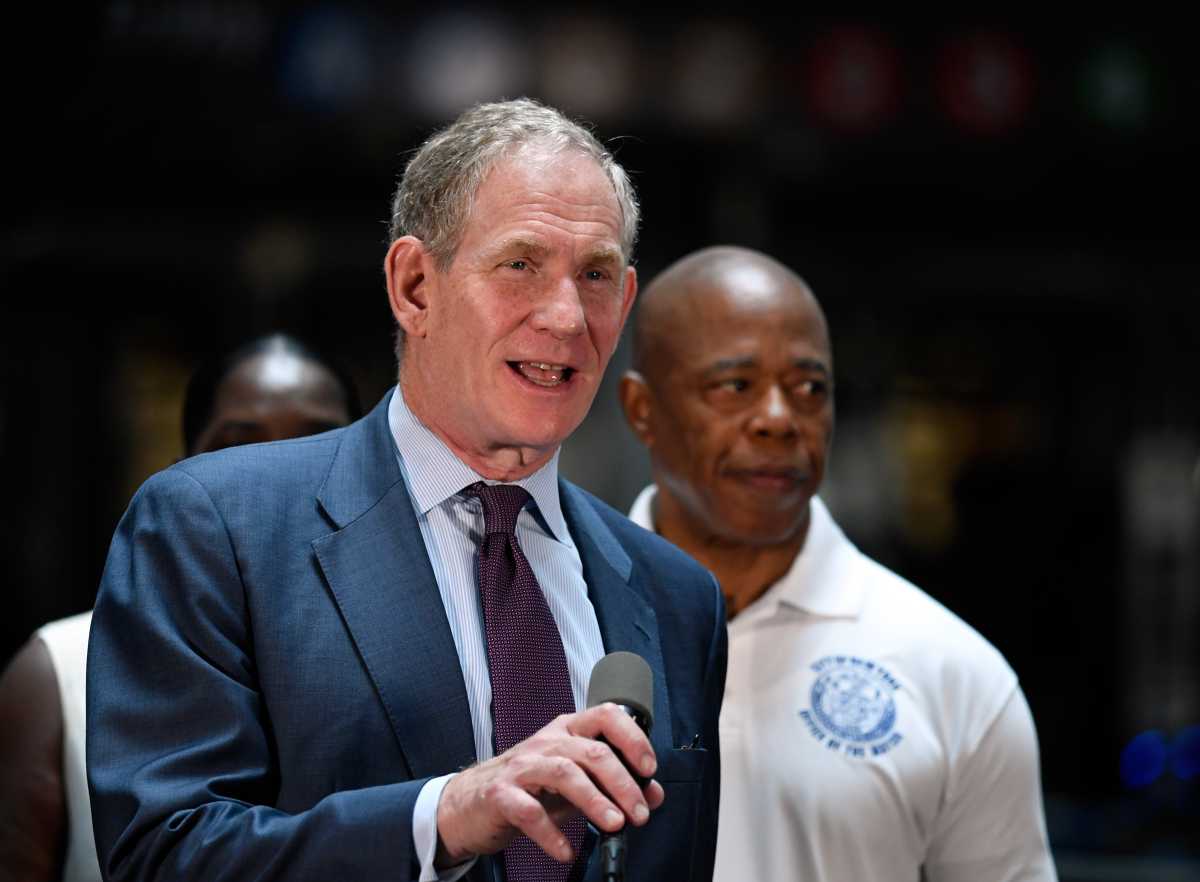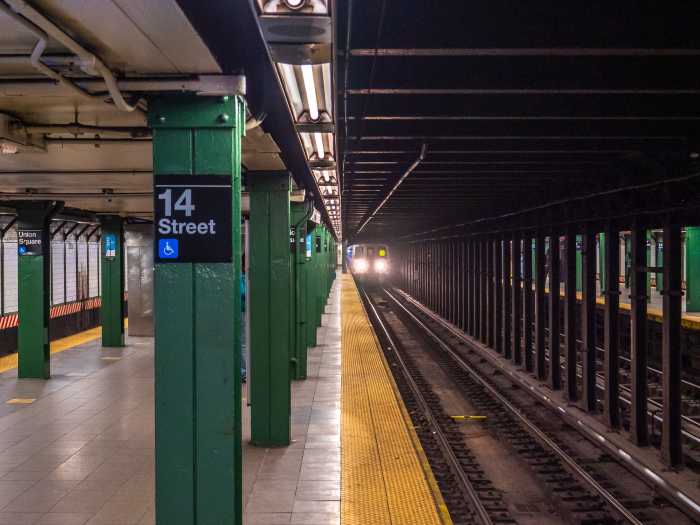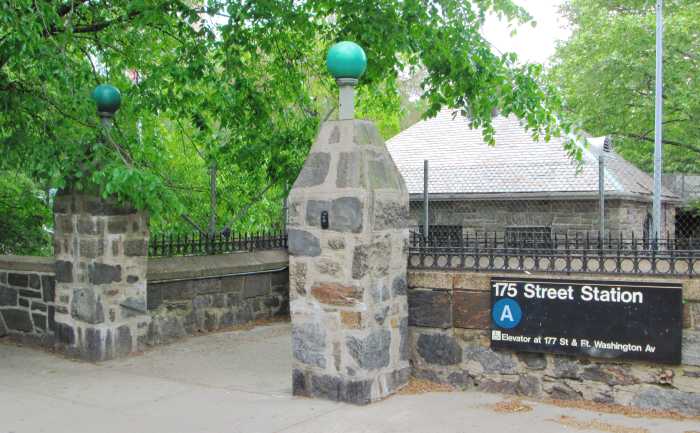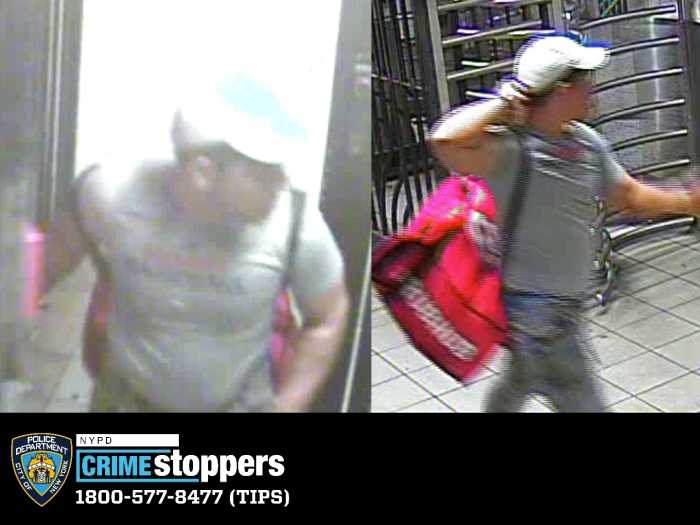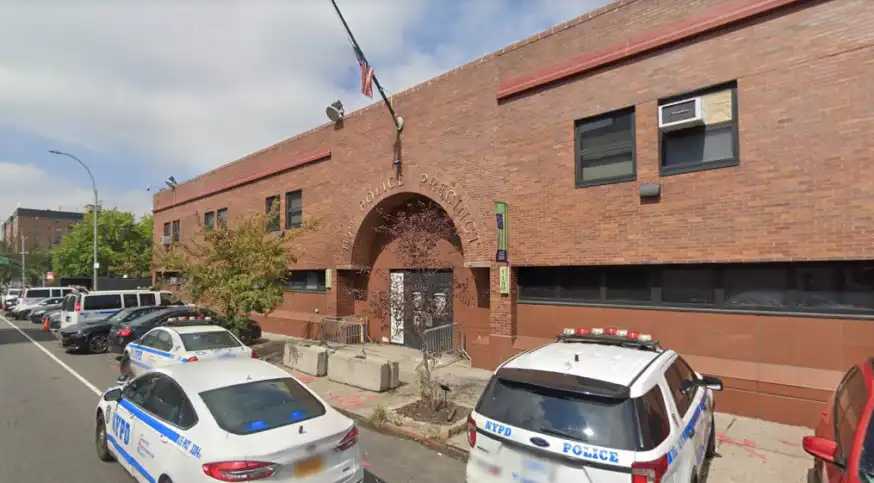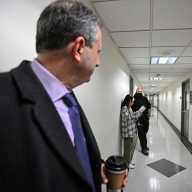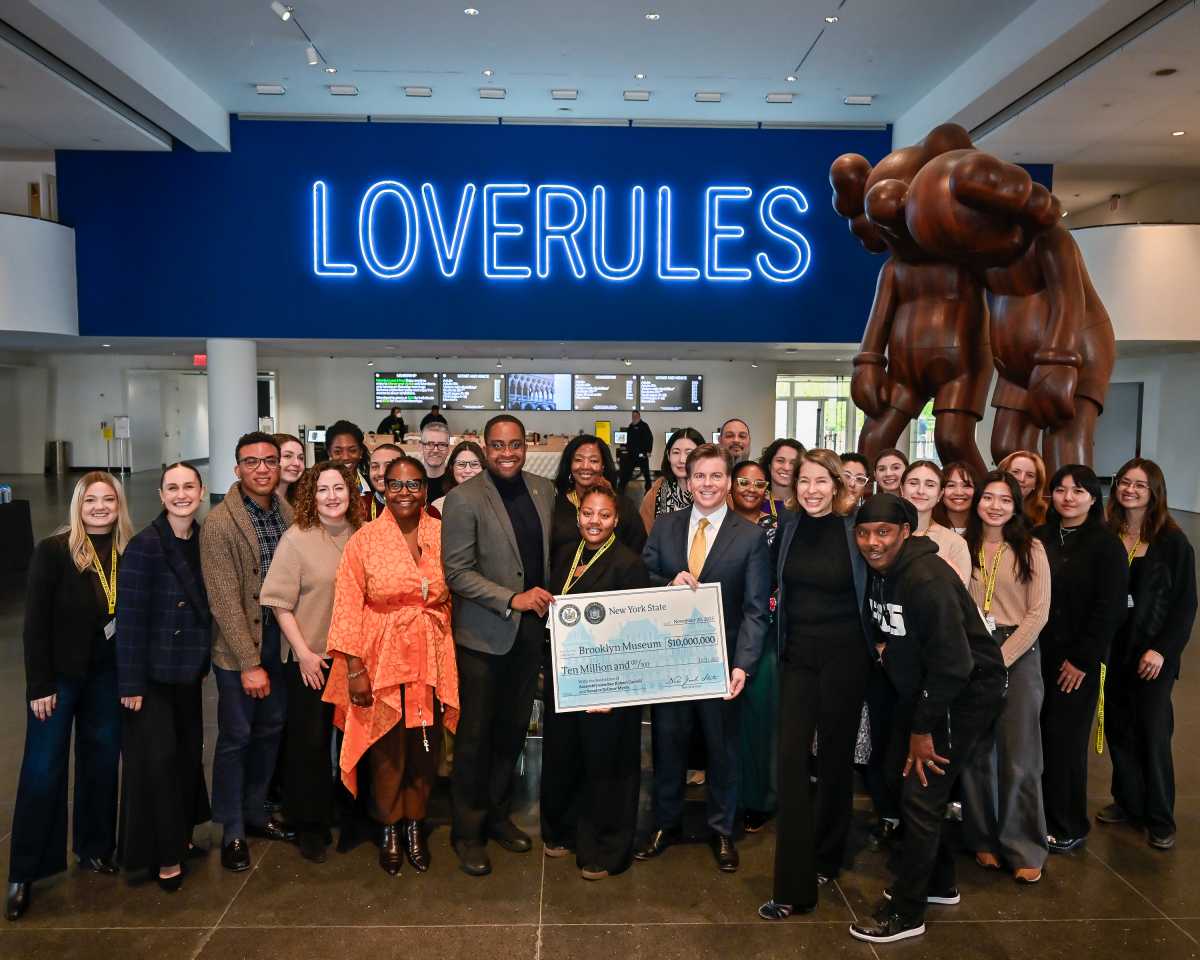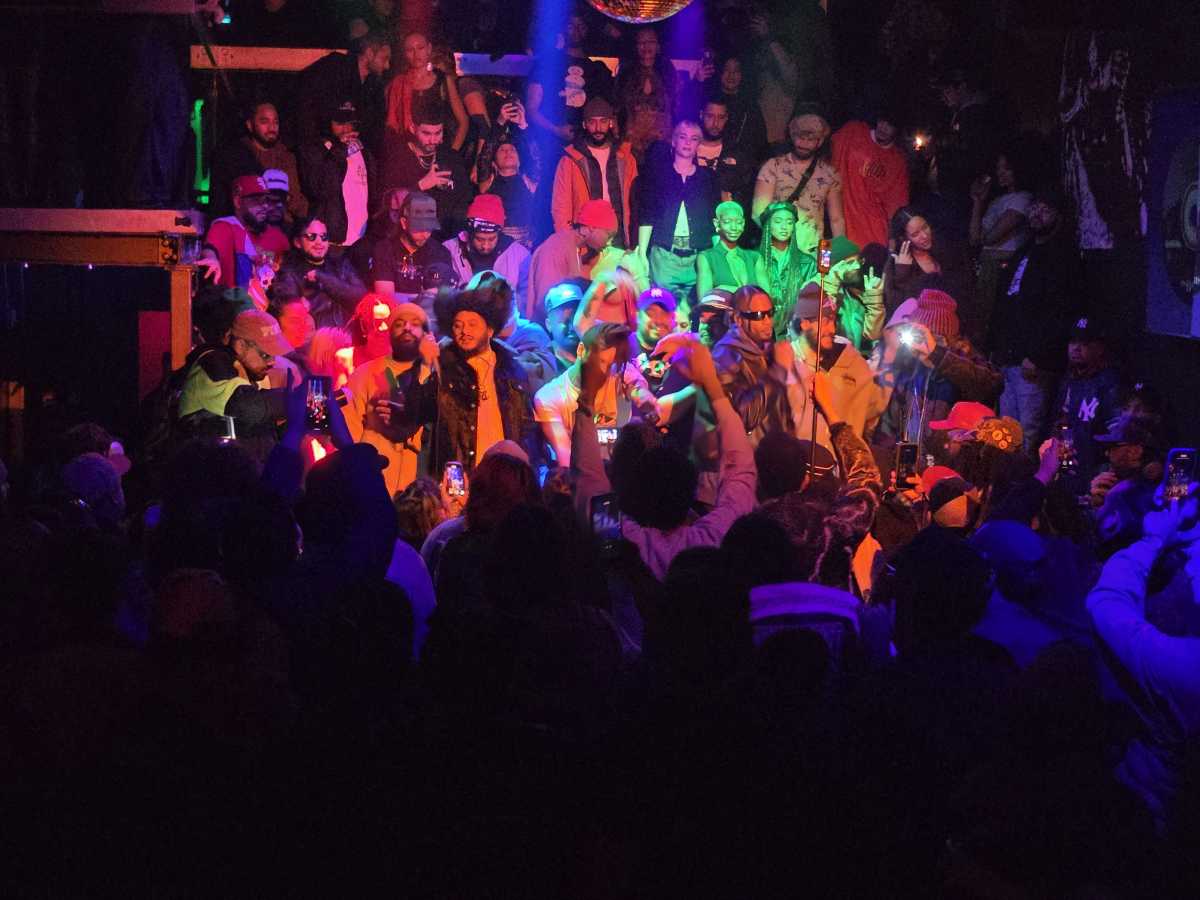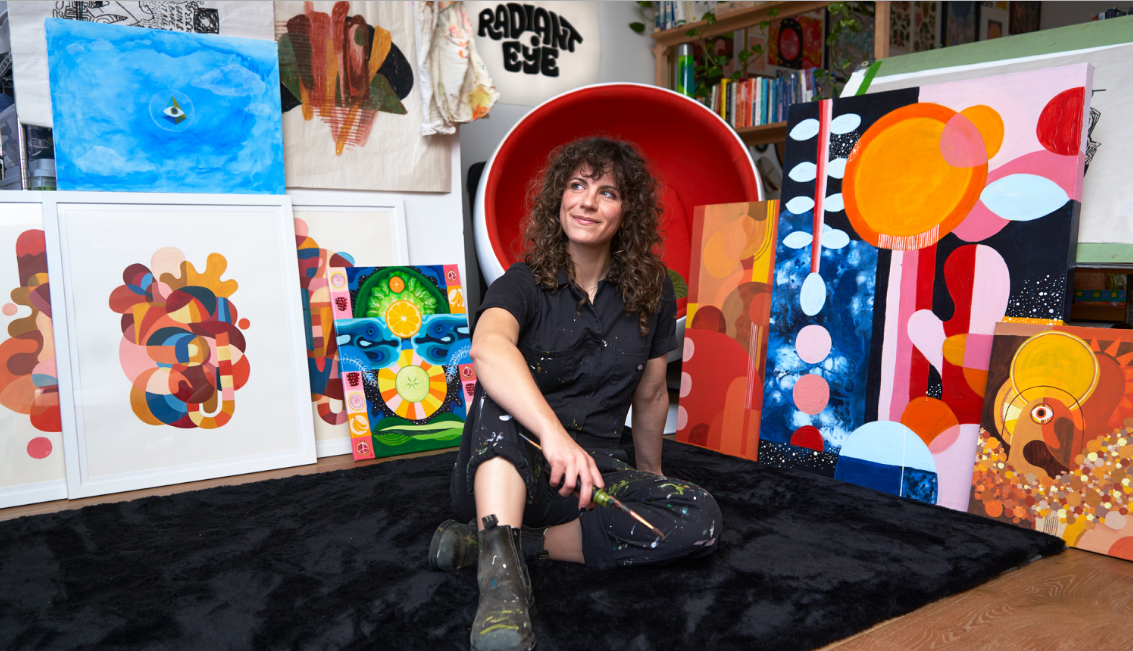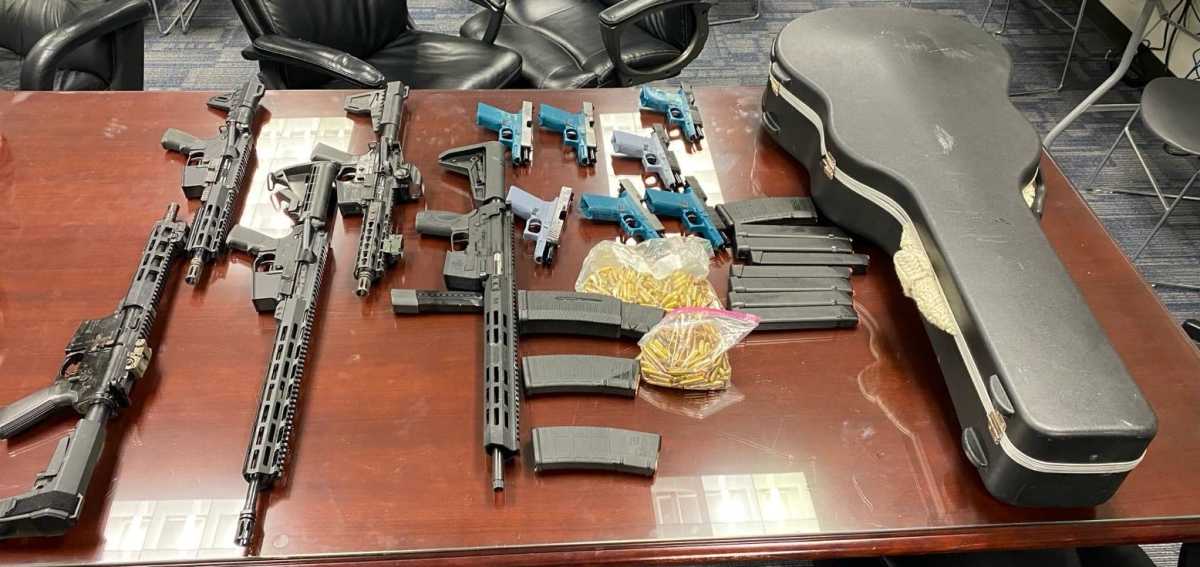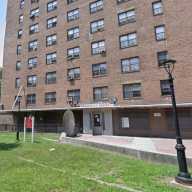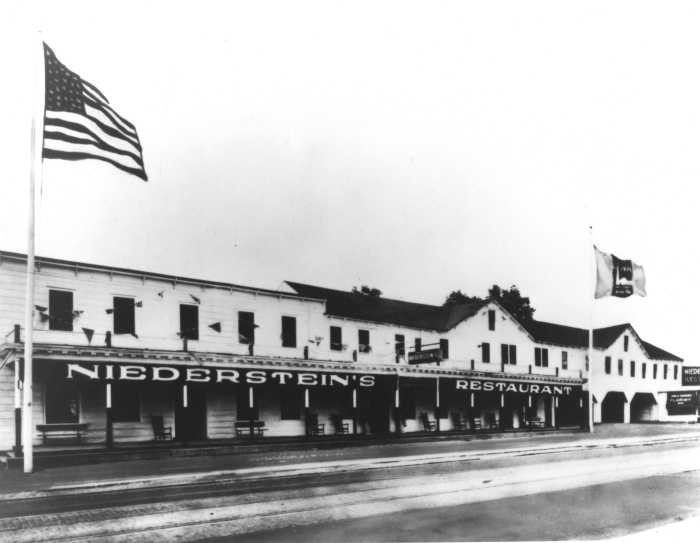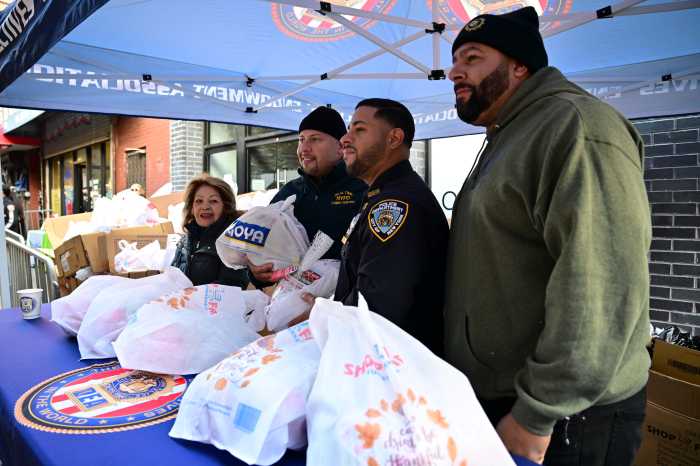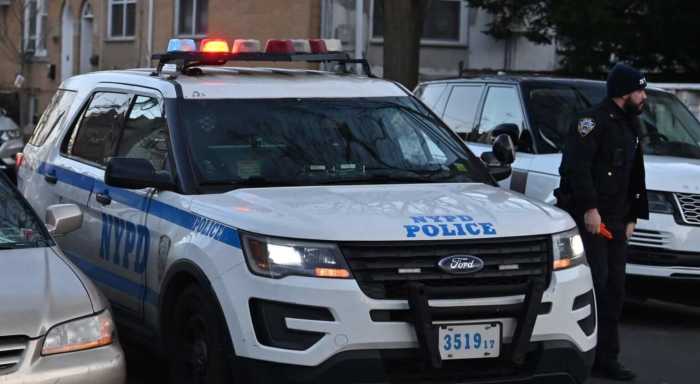When I came into this job almost exactly three years ago, there were three main priorities for the MTA: we had to get ridership back, we needed to run great service, and the system needed to be safe and feel safe for New Yorkers. Thanks to our strong partnership with the City and State, we’re making progress on all three, especially on safety.
The latest NYPD statistics show crime is down 27% compared to this time last year, down 8% year-to-date, and down 12% compared to pre-pandemic. Even better – in the first six months of 2024, the transit system has seen the lowest number of index crimes per day since 2010. In fact, in the past 28 years since the NYPD began keeping records, only 2009 is lower! So, I think it’s fair to say our multi-pronged strategy is working.
We have the support we’ve always wanted from the State and the City/NYPD. We have the security cameras – 15,000 in stations and roughly 6,600 in subway cars, with full fleet coverage expected by the end of this year. Station agents are out of the booth and serving as eyes and ears for our police partners, aided by hundreds of unarmed gate guards keeping watch at turnstiles to prevent fare evasion. We also have mental health professionals surging the system to get people struggling with mental health conditions out of the public space and into the treatment they need.
The ultimate proof of success is that we’re now at roughly 80% of pre-COVID ridership. The subway now regularly carries around four million people a day, with six million daily customers for the entire MTA network including buses and the commuter railroads. My pitch to New Yorkers who aren’t riding as much as they did before is to rejoin the millions taking reliable and safe mass transit. It’s not the dystopian fantasy world portrayed by some of our friends in the press.
Granted, it’s not exactly the same as before the pandemic either. Because of hybrid work, the trains aren’t as jam-packed at rush hour (not so bad – right?). But people are coming back more for discretionary travel – weekends and nights and off-peak – and they seem to be loving it, thanks in part to service increases rolled out across 12 lines over the last year.
I think it’s also worth mentioning another aspect of safety, which is making sure our infrastructure is – and stays in – a State of Good Repair. Discussions about the next MTA Capital Program are going to ramp up this fall, and we can’t lose sight of the need to harden fare payment-related infrastructure like turnstiles and to buy new subway cars, more cameras, upgraded lighting, power, communications, and accessibility tools. It’s a 24/7 job, and when it comes to keeping riders safe, this MTA must do whatever it takes.
Janno Lieber is MTA chair and CEO.
Read More: https://www.amny.com/oped/
